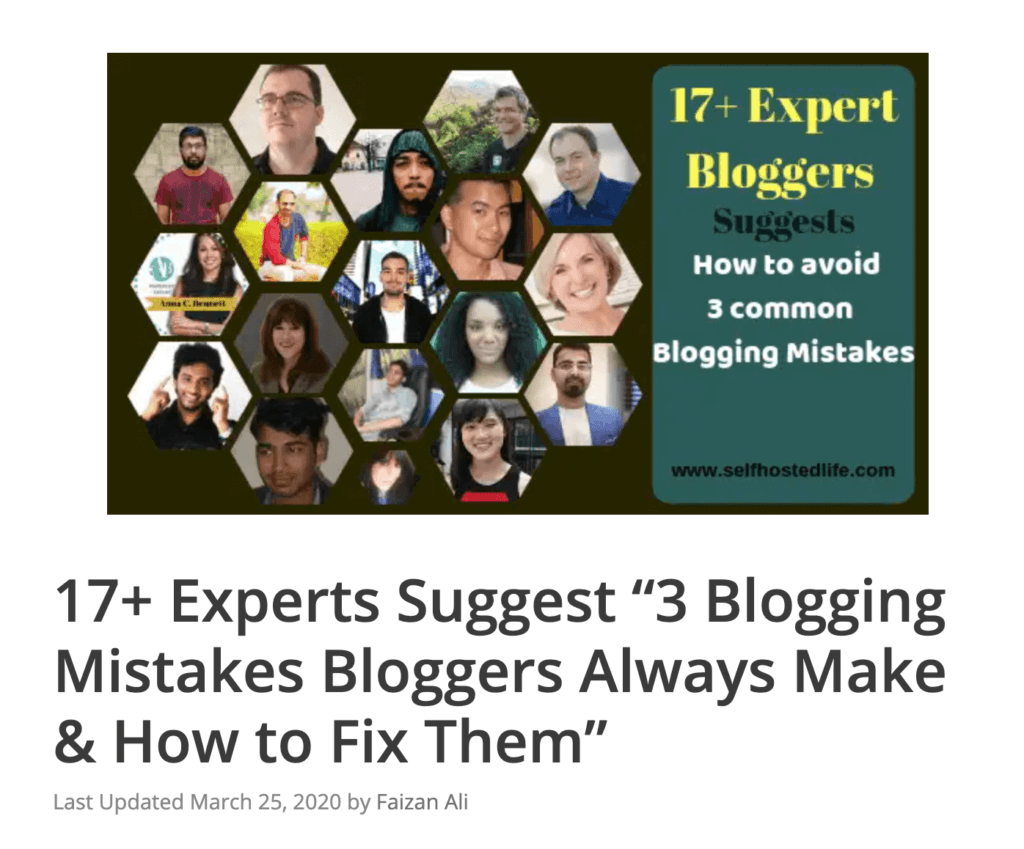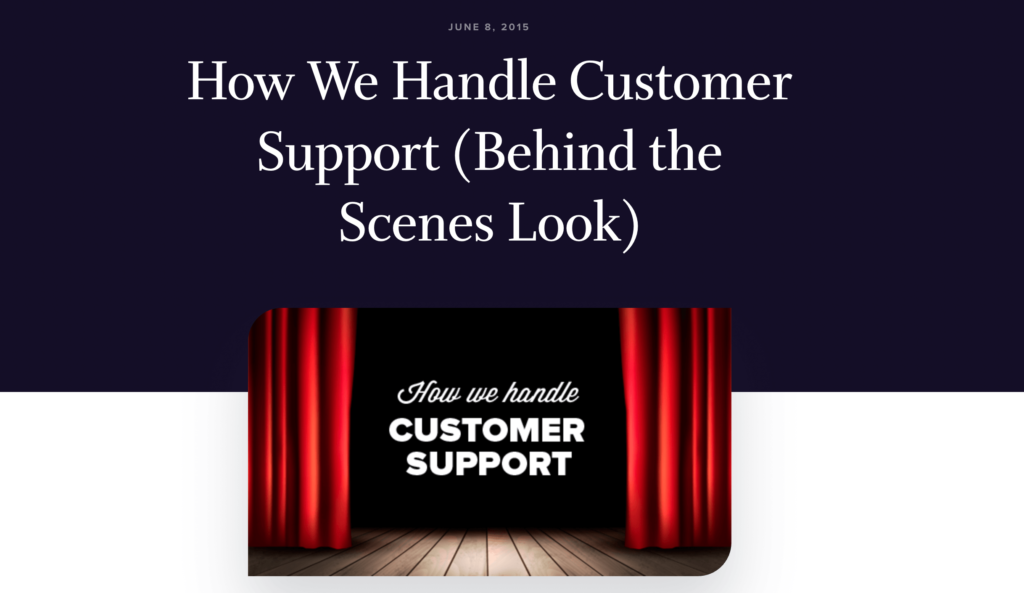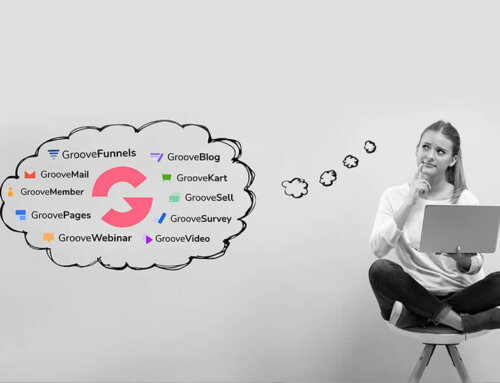Cheat Sheet For Beginner Bloggers: Storytelling (Part II)
In Part I of this cheat sheet series, we suggested changing up your blog formats and start presenting your information differently, namely through lists and guides. With over 600 million active blogs, you’re going to want to step up your blogging game in 2021.
In this part, you’re now venturing beyond the more basic blog formats and diving into some more human-centric content that focuses on the transformational power of storytelling.
In the final part (III), coming next week, we’ll round out the cheat sheet for beginner bloggers series with Hacks & Tips. Without further delay, here’s a cheat sheet of the 7 proven formats that will help you create both engaged and optimized content for your blog.
INTERVIEWS
A properly conducted interview has a high perceived value, so it’s the type of content that can easily boost traffic to your blog. If your interviewee also promotes the interview, then it’s doubled promotional efforts. Win-win! Plus, as an aside, if you’re the only person writing for your blog, interviews are a strategic, cost effective way to bring different perspectives to your content – which is always a good idea.
And don’t forget, it’s a good excuse for you to connect with people that you otherwise wouldn’t have had reason to talk to. Although, you don’t only have to interview A-Listers or public figures for a successful interview. You can also get equally valuable information from industry professionals and leaders who are already in your network, just ensure to select guests that will be relevant to your audience. To best prepare and set yourself apart from other interviews, design well-researched questions to best extract quality insights. If interviewing does not come naturally to you, find a template to copy or begin with a text-based interview.
CLIENT SPOTLIGHT & SUCCESS
Testimonials are the reason for a 62% increase in revenue, or at least the well-written and strategically used stories are. Sharing the stories of your user base is a reflection of your brand and the kinds of customers you do business with. But as with all forms of marketing, there’s a way to go about it to maximize its effectiveness in swaying prospects. Always contextualize each one and identify the purpose of the feature – with very clear takeaways for readers.
Perhaps you have customers who are creating buzz by using your product or service in a unique way, or you’ve identified a customer who is creating success for themselves through using your product or service. Keep an eye out on your social media accounts, blog comments, or customer support feedback, for any indication of a satisfied customer whom you can reach out to. And, with permission, also make use of their actual comments or user-generated content for social proof to drive engagement and conversions.
EXPERT ROUNDUP
This is sometimes thought of as a lazy blog post, but if done thoroughly it can be a useful resource for your audience and definitely adds SEO value. The gist of it is to compile a large number of opinions, from various subject-matter experts in your industry or niche, into one post. The truth of the matter is that your brand might not be recognizable or well-known yet, so highlighting other established industry experts shows that you at least know what you’re talking about.
This is crucial for building brand awareness and trust with your audience. Shouting out influencers or thought leaders is also a great networking opportunity. As you’ll be using backlinks, that means it’s exposure for them too. There’s a potential for future opportunities to come your way as a result, such as writing a guest post for their blog or share your blog with their audience.
GUEST POSTS
This is a big one to unpack, in many ways. Although the first thing that comes to mind is exposure, this isn’t only a good idea for small businesses, believe it or not, as there are major brands that have benefitted from guest blogging – including Xbox. The key is to avoid shameless self-promotion and truly just focus on educating. In itself, guest blogging provides you with the benefits of connecting with a new audience, increasing your chances for networking, and keeping your content calendar full.
You can either guest write a blog for another site, or post a guest-written blog to yours. But your starting point will always remain the same: Determine your objective for guest blogging. Do some reconnaissance. From there, you will want to find guest blogging opportunities that are relevant to your niche or industry. Google is your friend but keyword searches are your best friend.
P.S. You can submit your guest article for review to be published on the Groove blog (which you’re reading right now) here.
NEWS & CURRENT EVENTS
One of the biggest advantages that digital publication has over print publication, is the unrestricted capabilities to put out timely content. Unfortunately, this does mean that misinformation can spread quickly and easily – but this also means people are eager to seek confirmation, usually from their go-to news blogs like BuzzFeed, TechCrunch or Mashable. The trick for journalism topics is to not just repeat the news, but insert your own commentary into it and also make it more image-heavy.
DAY-OF-THE-WEEK & THEMATIC DAYS
Some topics are so extensive that they can’t be covered in a single blog post, not adequate. Even in long-form content, it’s often best to break up your content into smaller chunks. Plus, you can create suspense at the end of each one to keep them coming back for more each week. We may or may not have done that by breaking up this very article that you’re reading right now…
You could also come up with a weekly or monthly feature for your blog – which can become recognisable enough to draw attention and bring readers back. Bloggers often coincide these special features with days of the week, for example, you could highlight a guest post every week for a “Featured Friday” article. Take a look at other blog theme days for inspiration or come up with your very own one!
BEHIND THE SCENES
BTS video marketing has become breakthrough content on YouTube and other video-sharing platforms. A recent survey found that 87% of people will watch a video online if it included behind-the-scenes content. Viewers relate to the authenticity of unscripted content and enjoy getting a glimpse into the process – rather than only seeing the final product without context. Translate this into your blog and you’re not only repurposing content but you’re making this content even more accessible.
“A day in the life” series will undoubtedly serve your blog well, as beginners across industries will want to imitate the success of those who have successfully accomplished what they are trying to achieve. Also, some people are just die-hard, loyal fans who want to engage with brands and feel a part of the insider-club. Reward them with a special opportunity for some virtually shadowing!
Once more, all of these blog formats are beginner-friendly and also give you the freedom to curate your content as you see fit. These offer a unique, lived experience and there is no attempt to replicate that – merely relay it.
Take a screenshot of the cheat sheet summary below and come back for the final part next week.
Hopefully, the takeaway here is that you’re seeing the potential ways in which you can adapt these ideas to suit your own audience and brand. And if you’re putting your math skills to use, you’d have calculated that we’re only two-thirds of the way through the cheat sheet series. The idea here is for you to really make use of the time to brainstorm and evaluate each one, and then get started on planning out your content accordingly.
7 Ideas For Clickable Blog Posts:
- Interviews
- Client Spotlight & Success
- Expert Roundup
- Guest Posts
- News & Current Events
- Day-of-the-week & Thematic Days
- Behind The Scenes










Leave A Comment